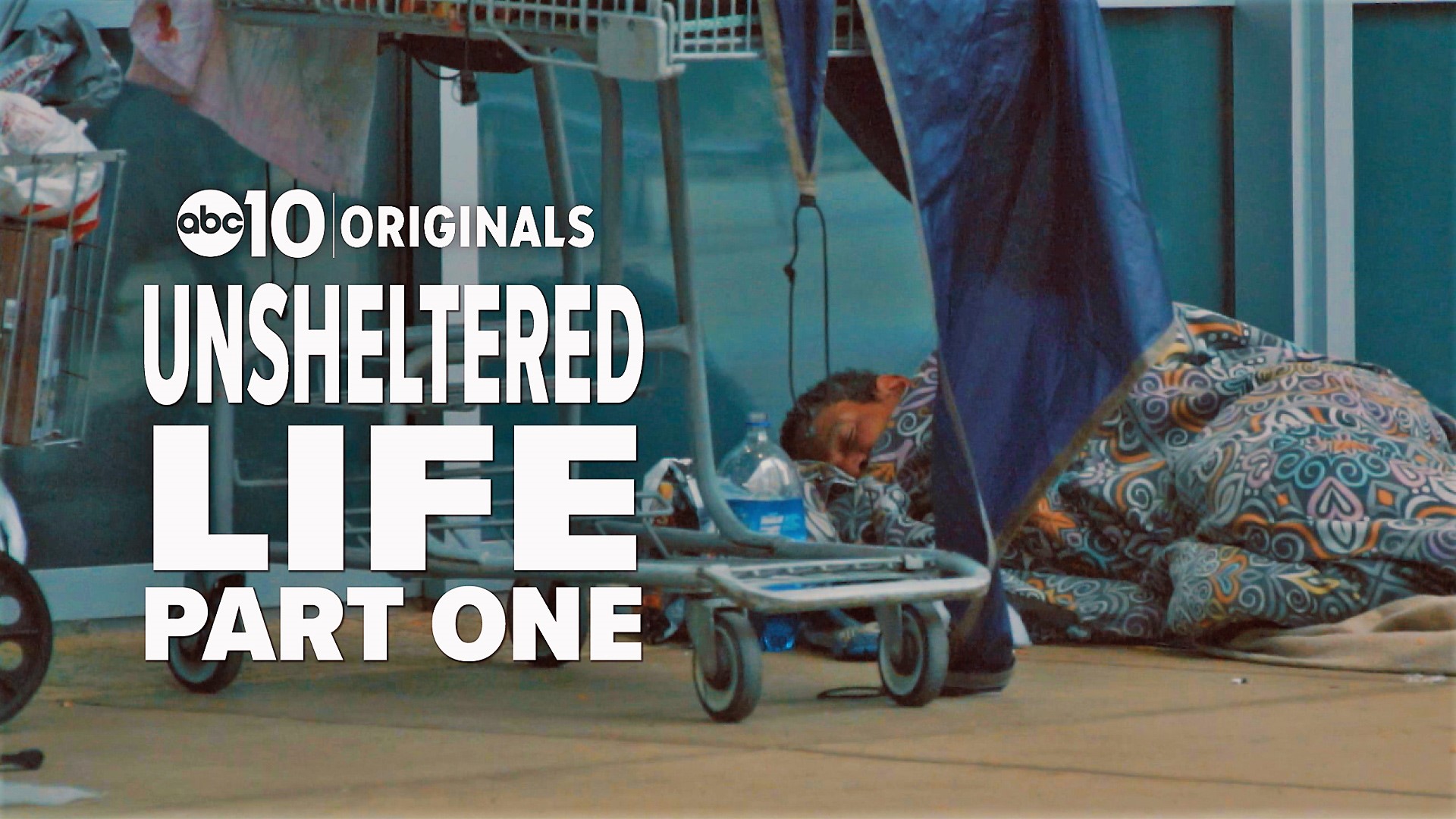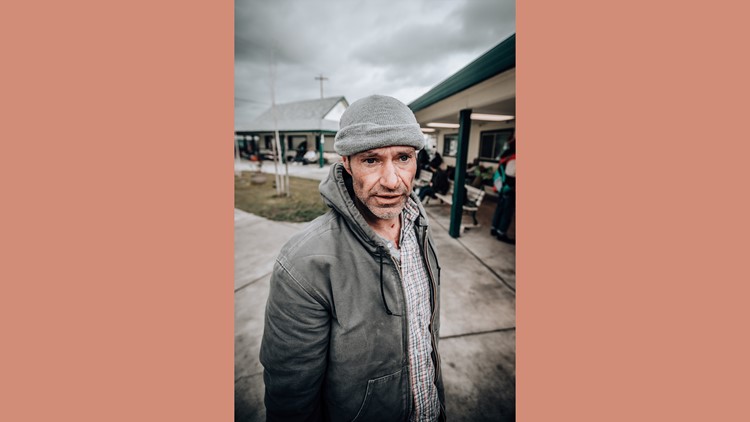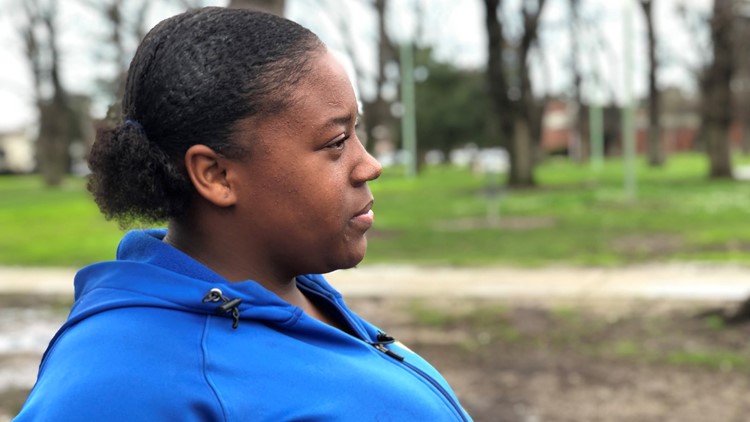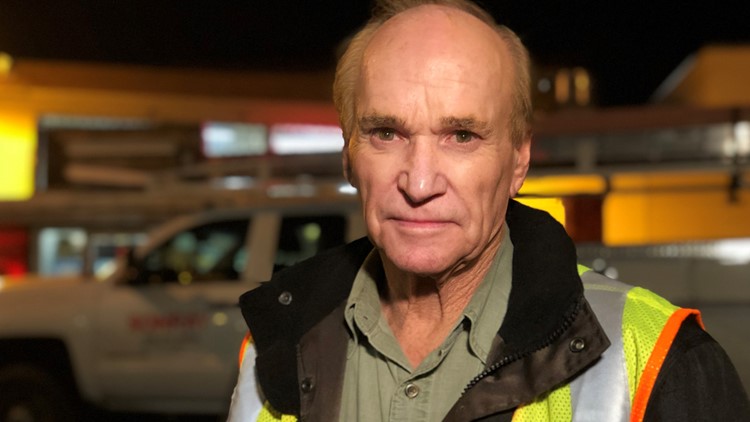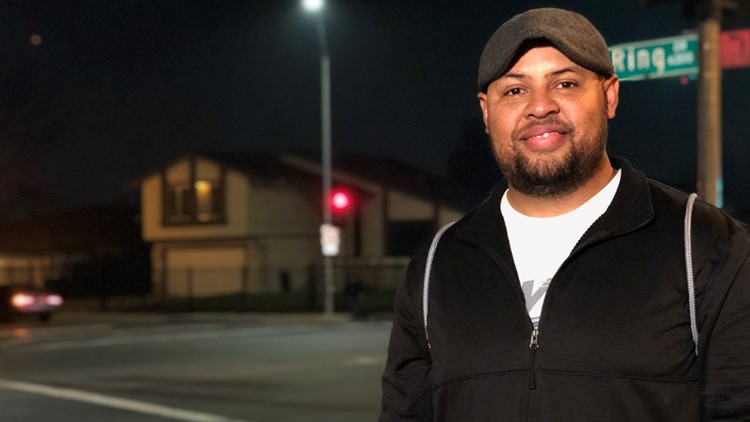Homeless in Sacramento: What you need to know
The last Point-in-Time Count of Sacramento's homeless population was released in 2017. It revealed a 30 percent increase in the overall population and an unsheltered homeless increase of 85 percent.
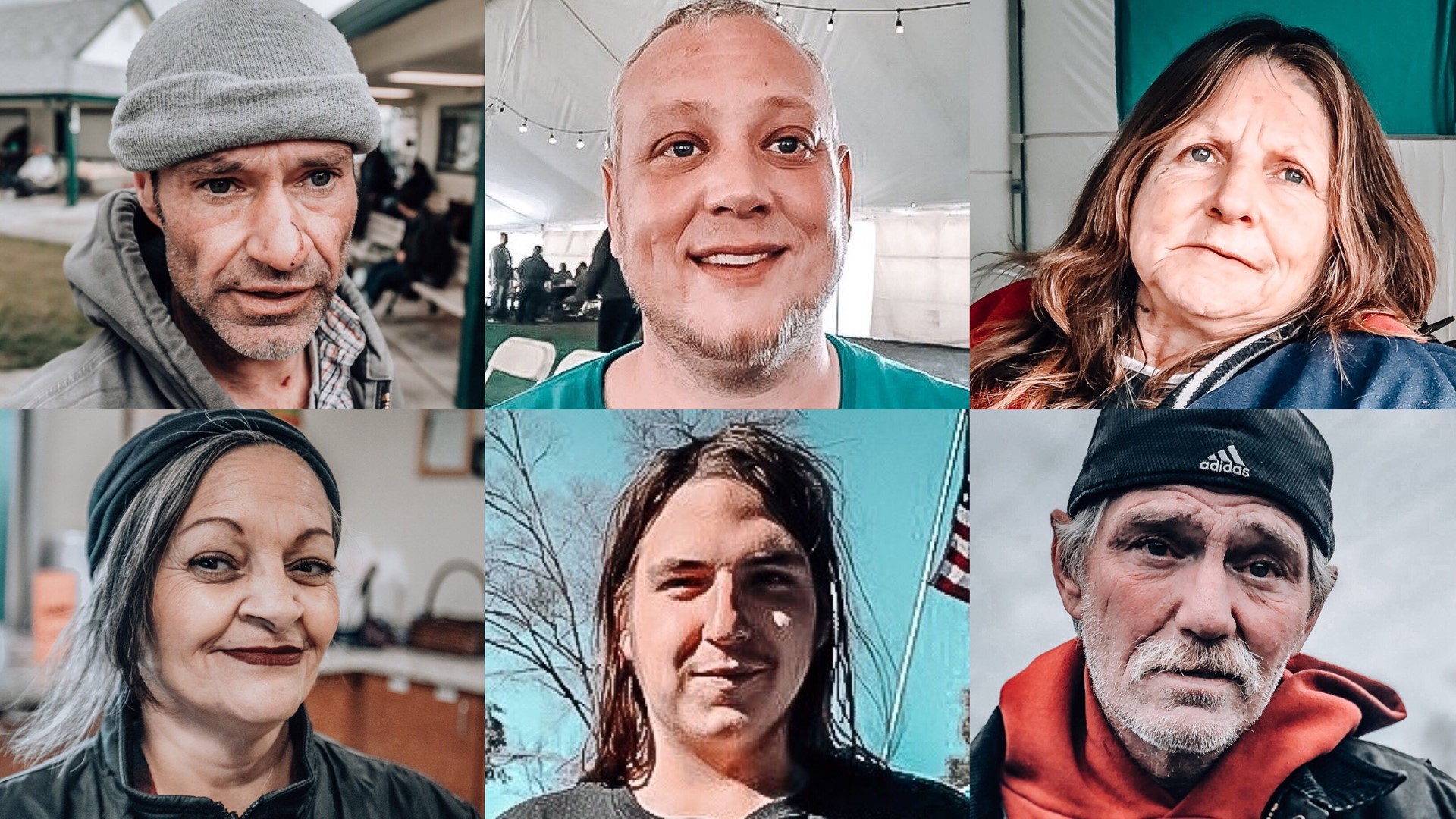
An Overview By the numbers
A Point-in-Time Count for Sacramento's homeless will finish in June 2019, however, service providers already expect increased homeless populations for an area already struggling to meet the current need.
The last count, released in 2017, revealed a 30 percent increase in the homeless population and an unsheltered homeless increase of 85 percent.
"Unfortunately, we expect those numbers to go up this year," said Ben Avey of Sacramento Steps Forward.
To address a growing homeless population, Mayor Darrell Steinberg has challenged his fellow council members to open 800 beds, split among the eight districts, for the homeless.
Early ideas included potential Sprung Shelters or scattered sit housing, which are large warehouse-like tents and small unit housing for few people, respectively. Sacramento has a total of $40 million on hand to achieve their goals.
RELATED:
Definitions Being homeless: What does that actually mean?
“Homeless”
- An individual or family who lacks a fixed, regular and adequate nighttime residence. That nighttime residence can include places not designed to be used as accommodations, shelters or transitional housing. For full definition from the Department of Housing and Urban Development, click HERE.
“Unsheltered” homeless:
- An unsheltered homeless person stays in a place not meant for human habitation; these places include cars, parks, sidewalks, abandoned buildings. For more information, click HERE.
"Sheltered" homeless
- These people reside in an emergency shelter, transitional housing, or supportive housing for homeless persons who originally came from the streets or emergency shelters. For more information, click HERE.
“Chronically homeless”
- “An unaccompanied homeless individual with a disabling condition who has either been continuously homeless for a year or more or has had at least four episodes of homelessness in the past three years." For more information, click HERE.
"Transitional Age Youth"
- Homeless youth are 18- to 24-year-olds experiencing housing instability. According to the 2017 Point-in-Time report, this demographic navigates numerous life transitions as they become adults, and experience "heightened levels of stress and instability during this phase."
Faces of the Homeless
Camps and Citations County citations cause trouble for the City
After September 2018, counties and cities across the region revisited their camping ordinances in response to a federal court ruling that impacted their ability to enforce them.
The court ruled that it was cruel and unusual punishment to issue citations for illegal camping when that jurisdiction lacked shelter beds. Despite the ruling and declarations of shelter crisis in the region, authorities have continued issuing other homelessness-related citations.

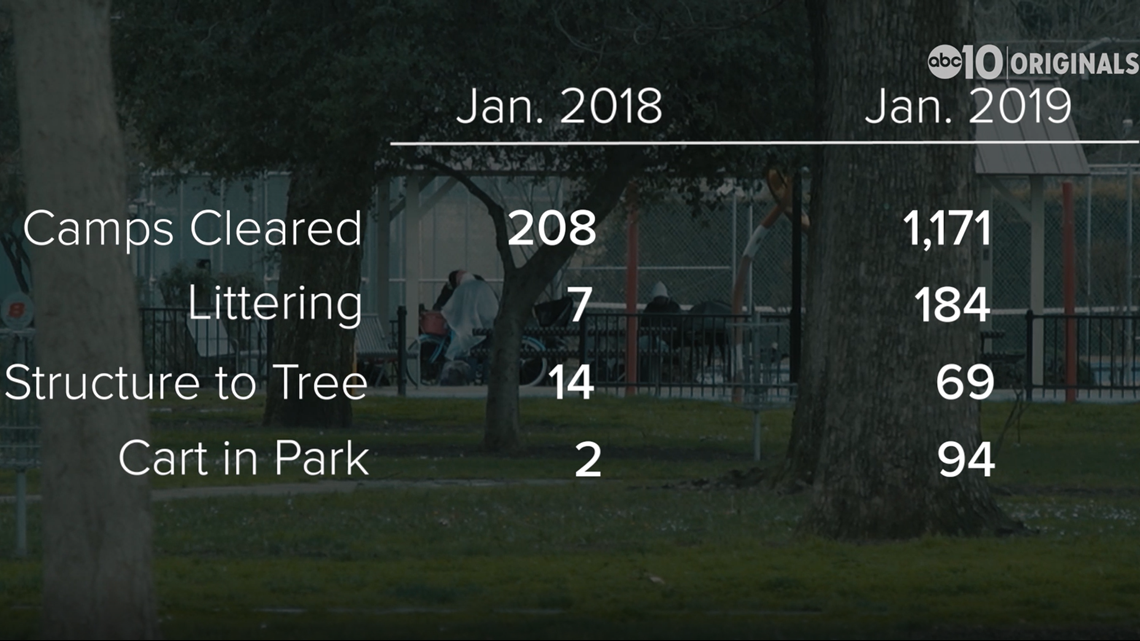
According to Bob Erlenbusch, executive director of the Sacramento Coalition to End Homelessness, the county simply found "other ways to criminalize homeless people." He added that the Sacramento City Council has been also concerned about employee complaints regarding passing homeless people in front of City Hall.
"Well, blame the county for putting all those people out here," he said.
RELATED:
________________________________________________________________


